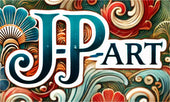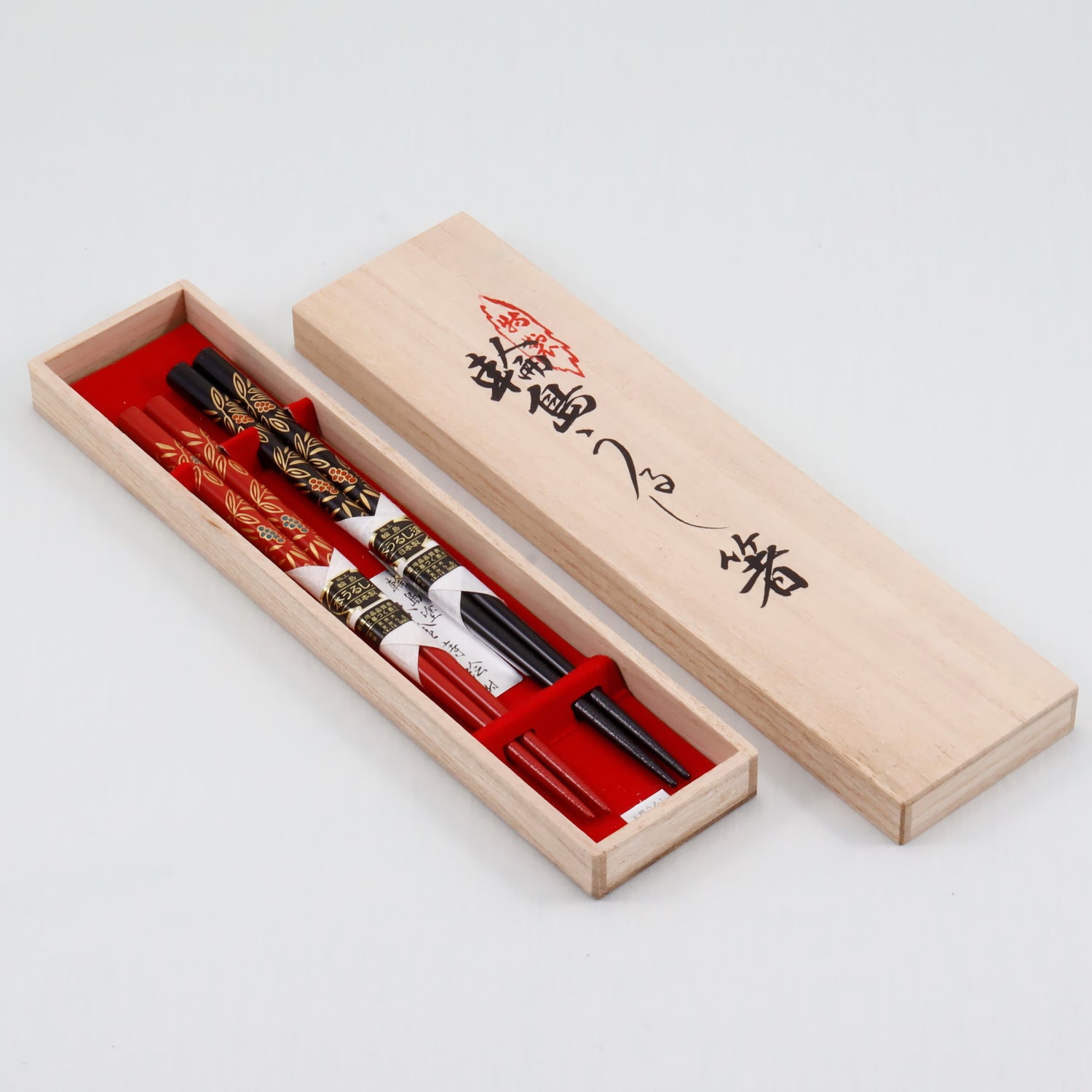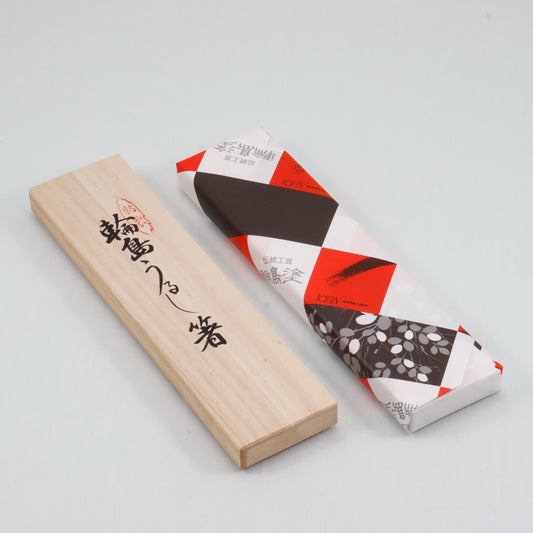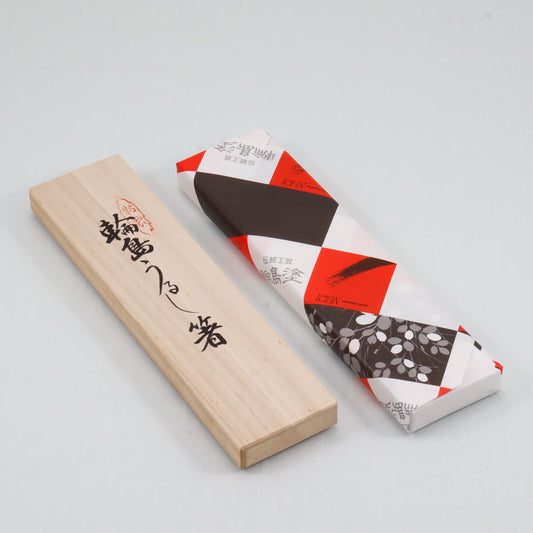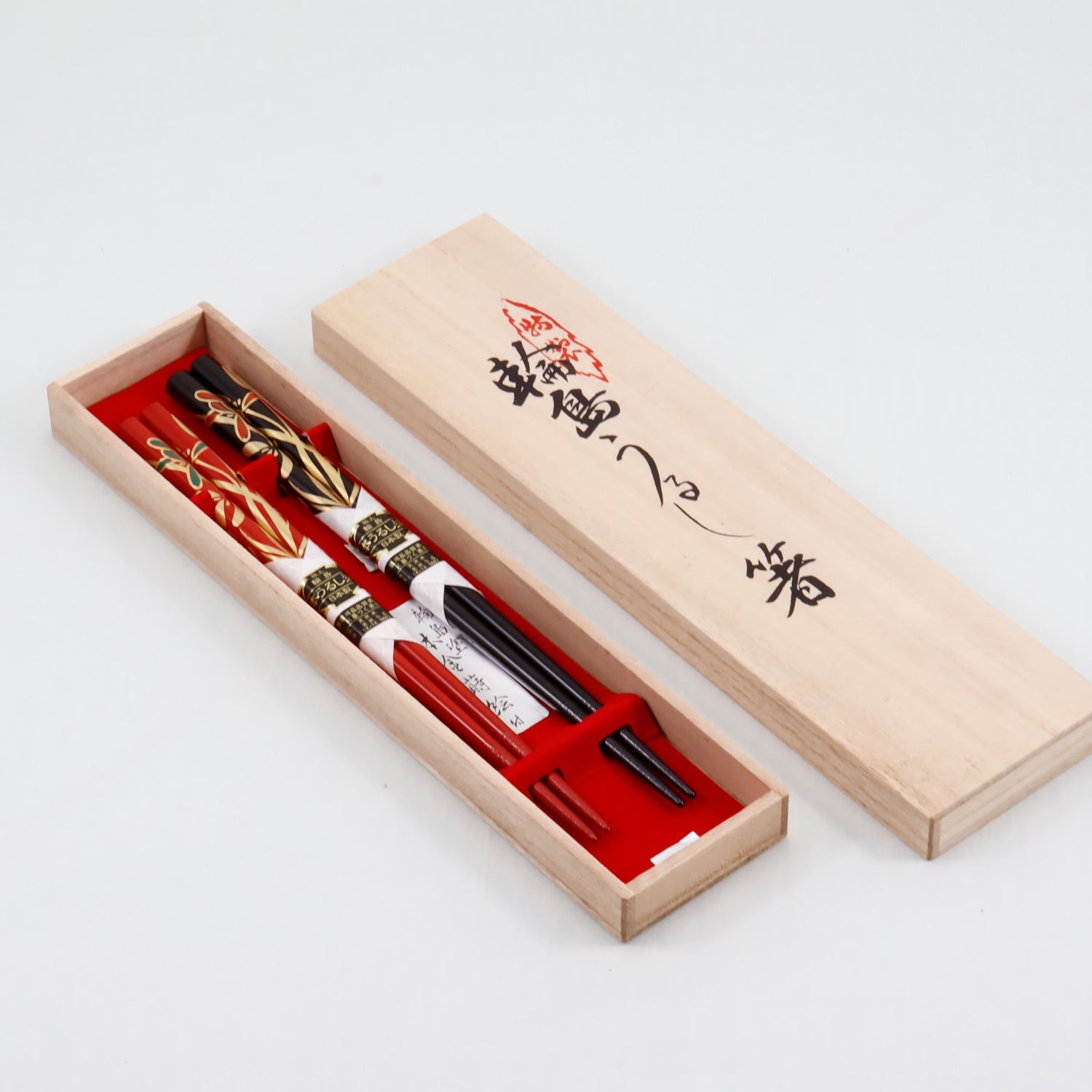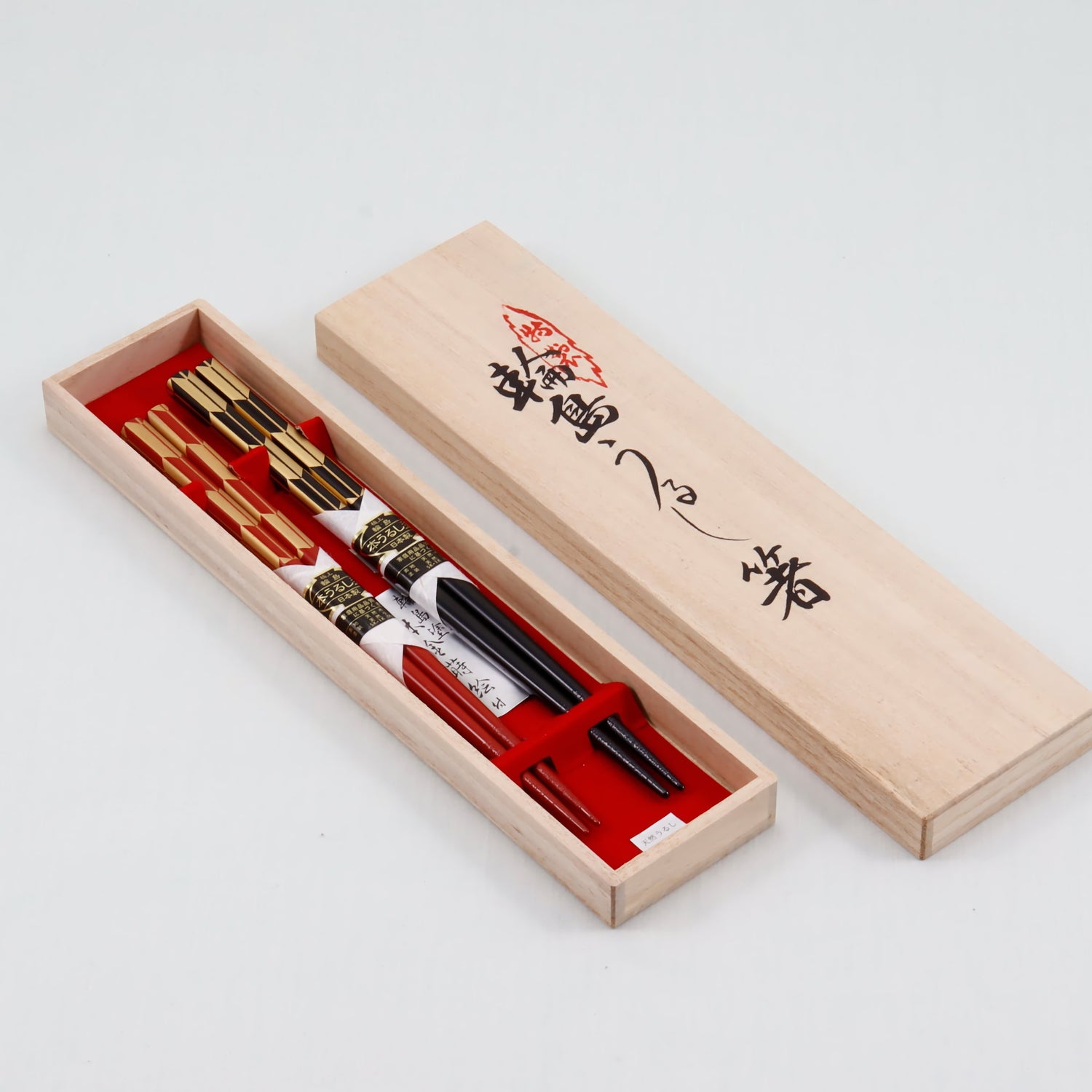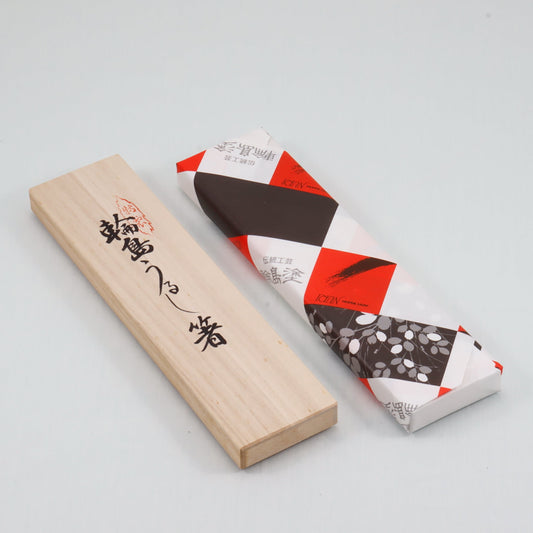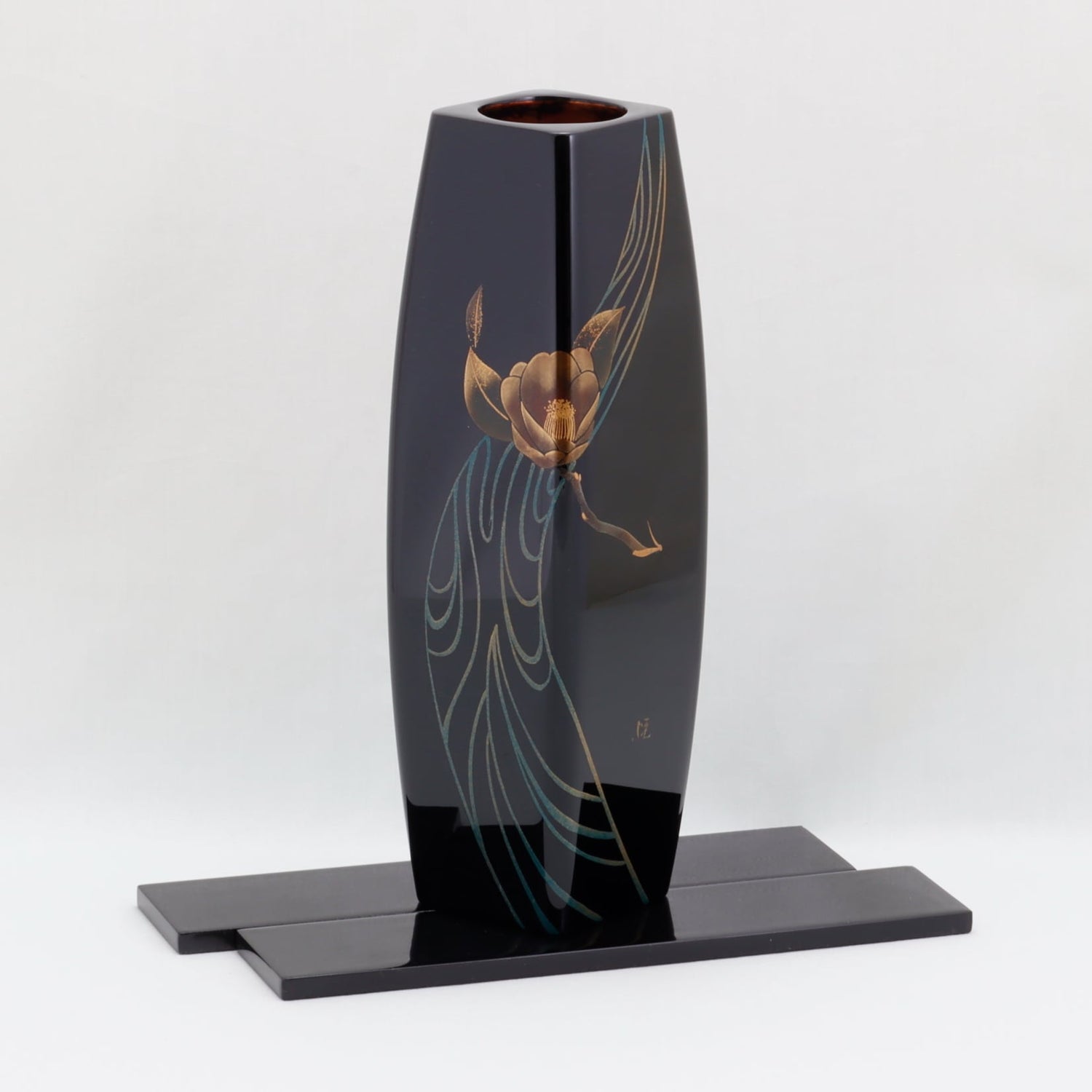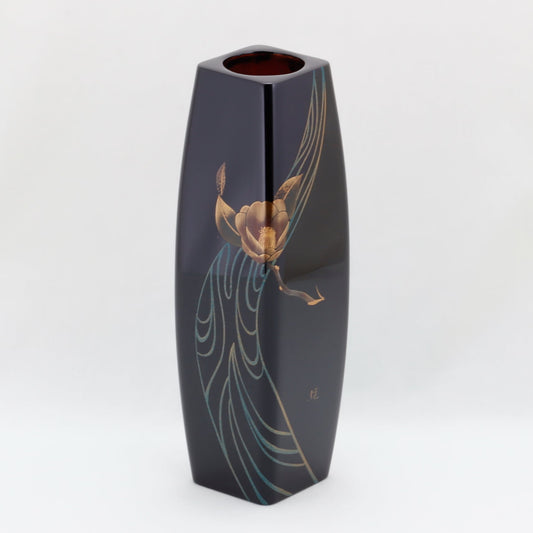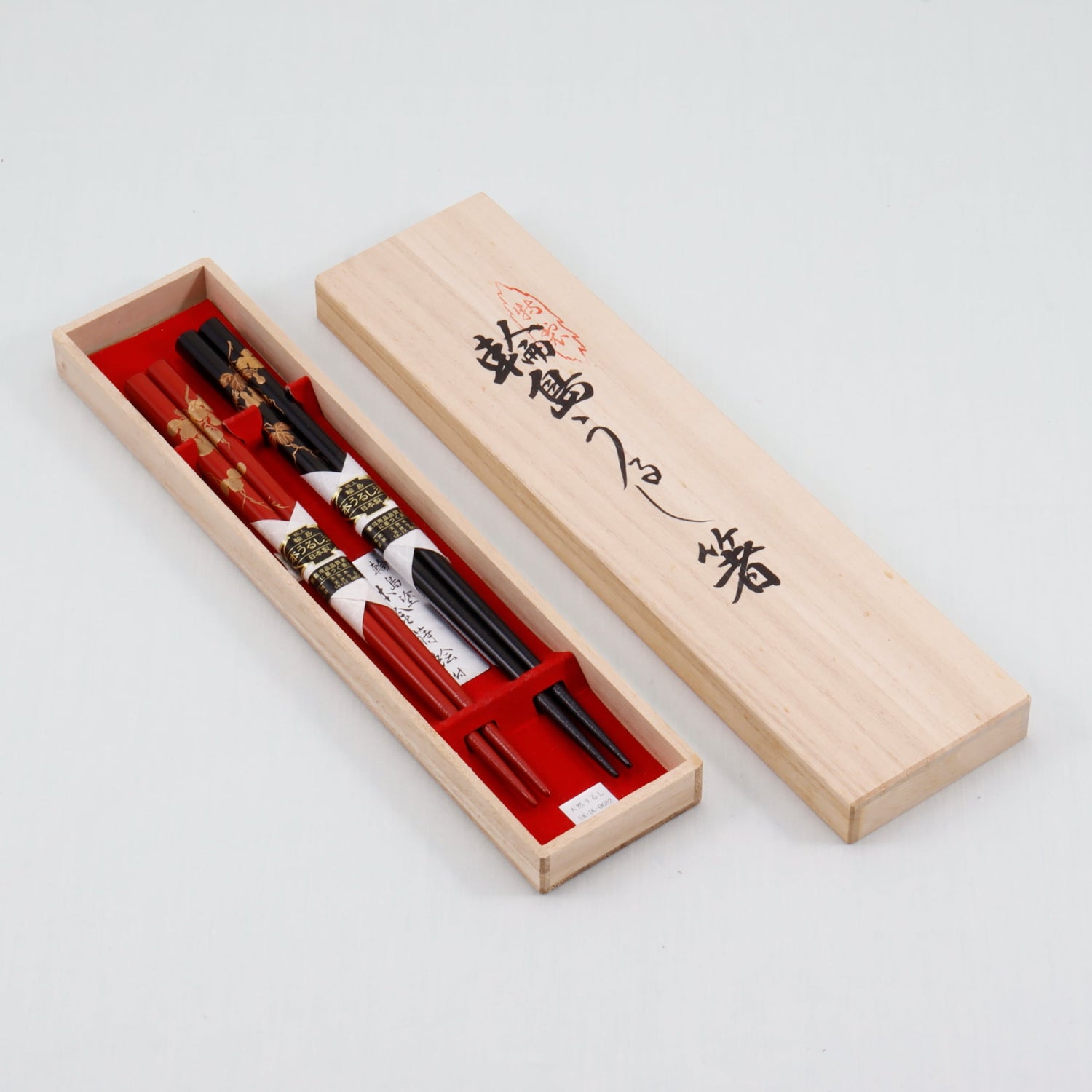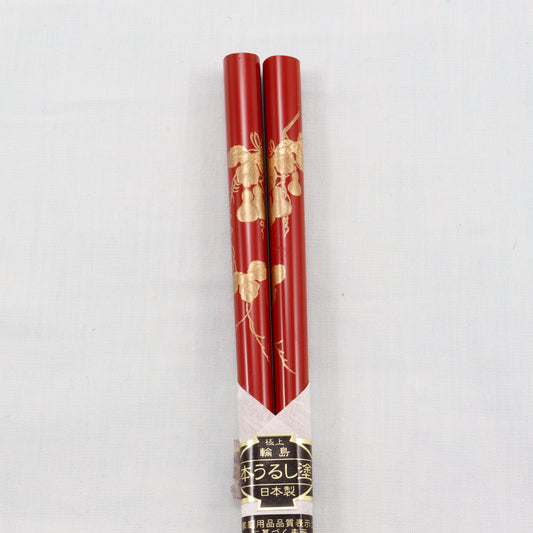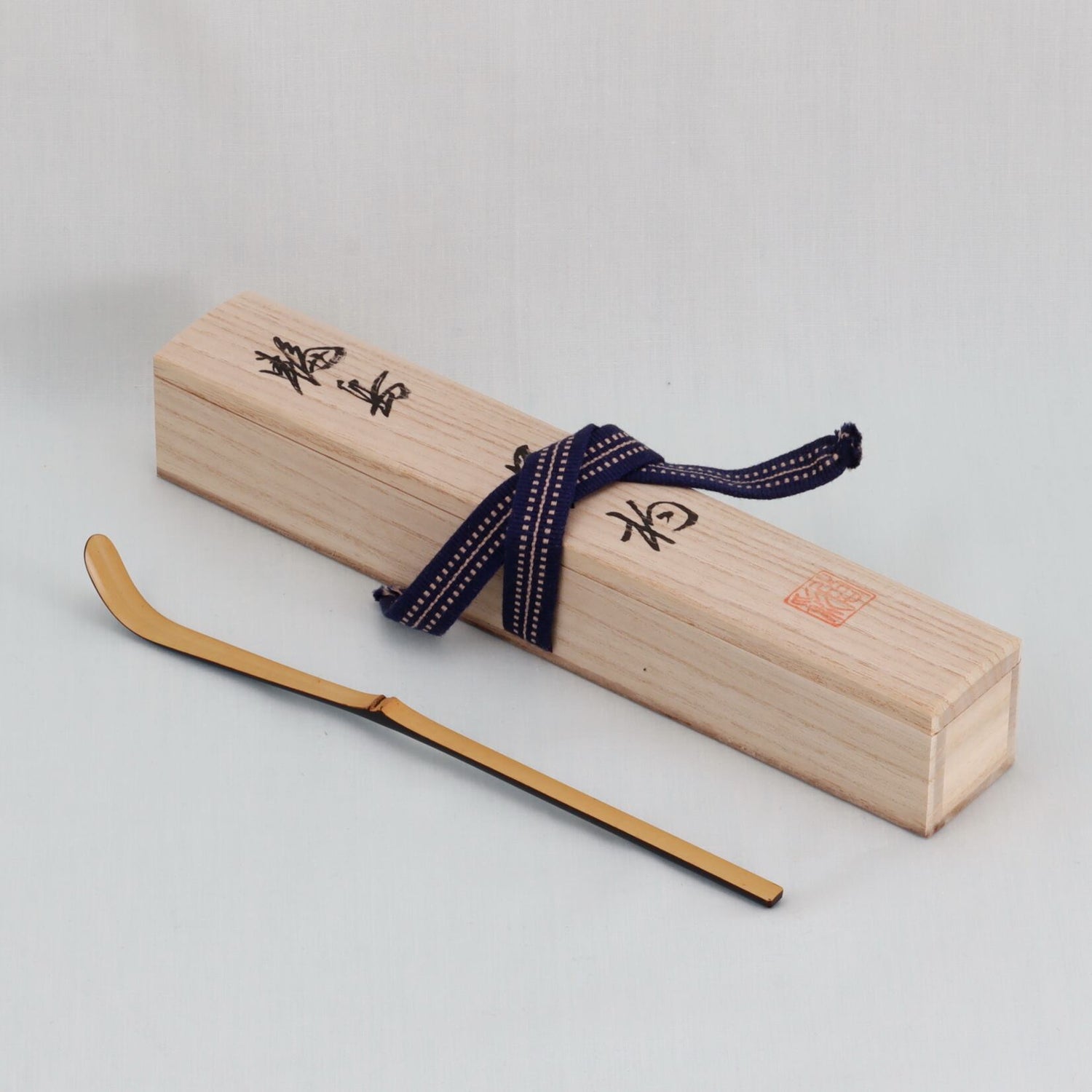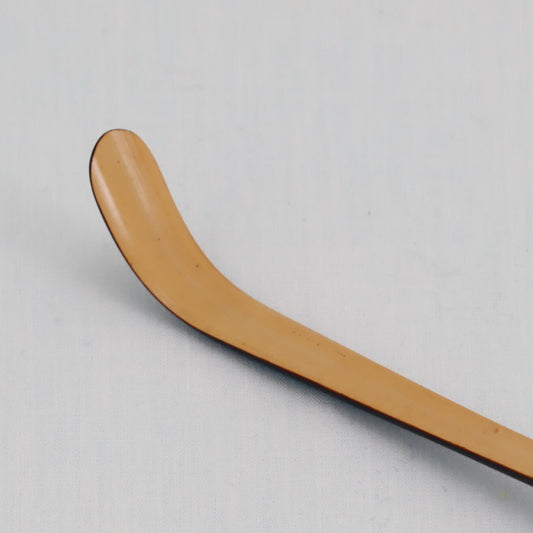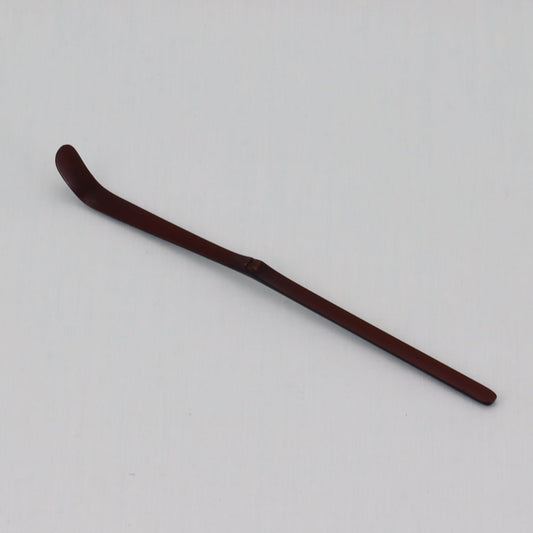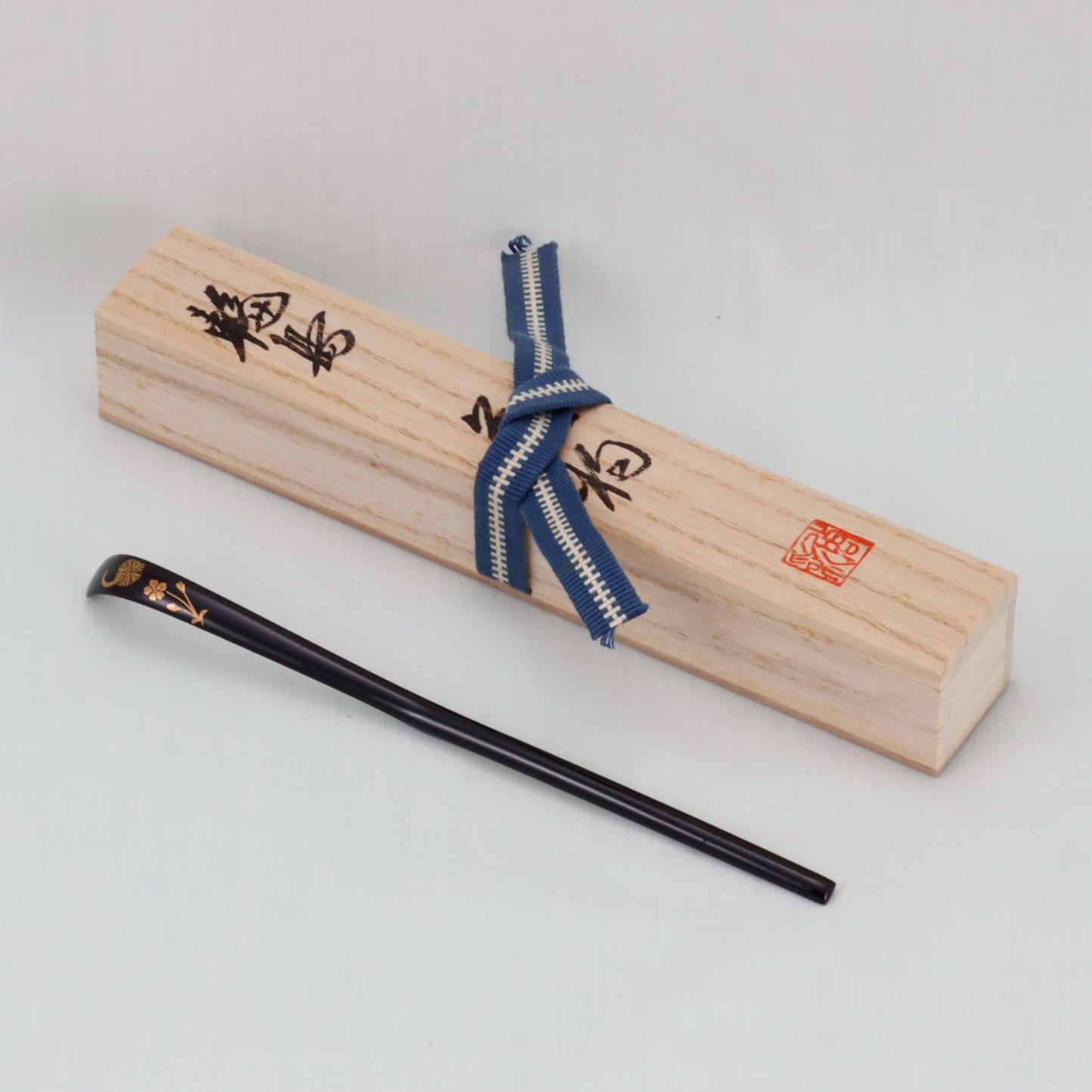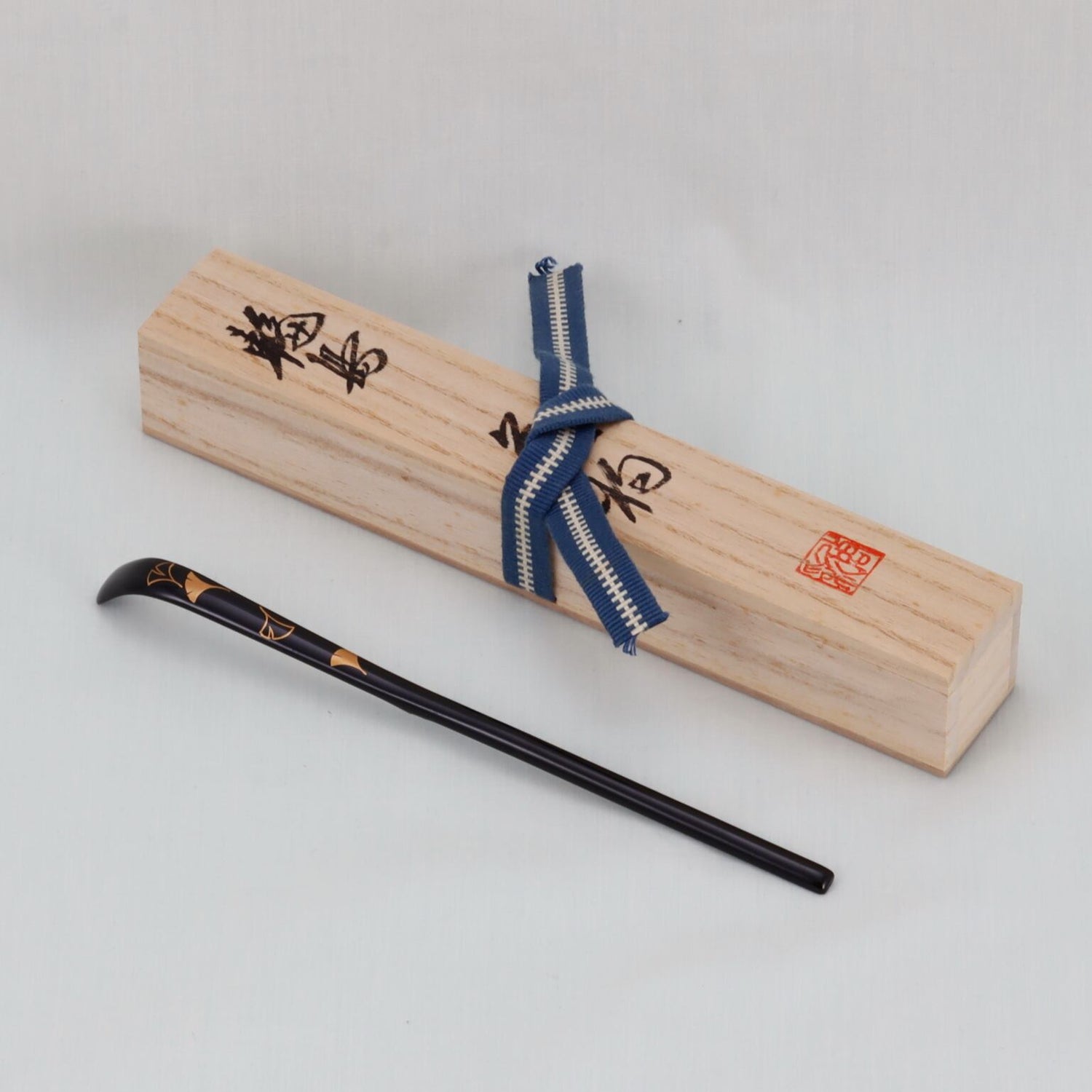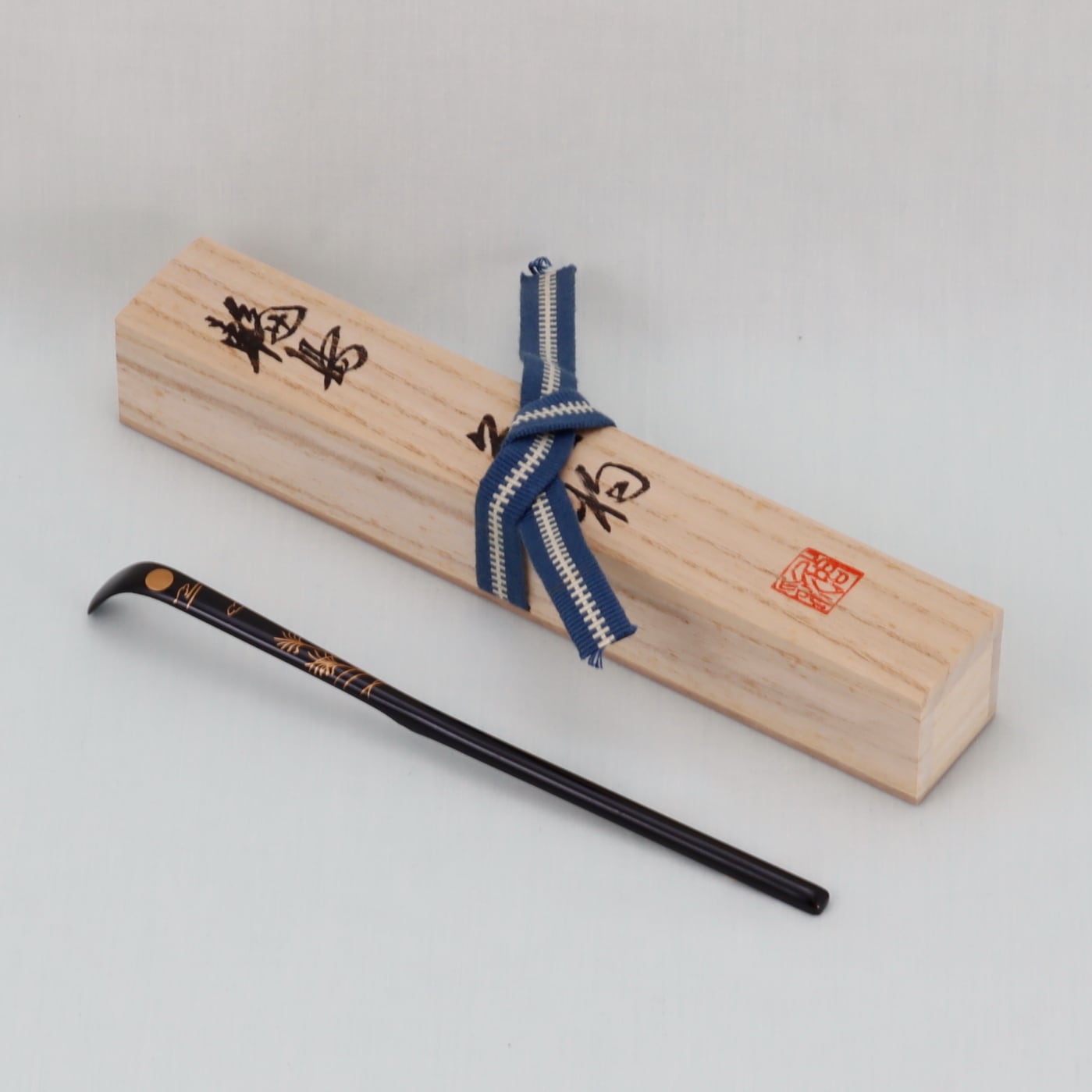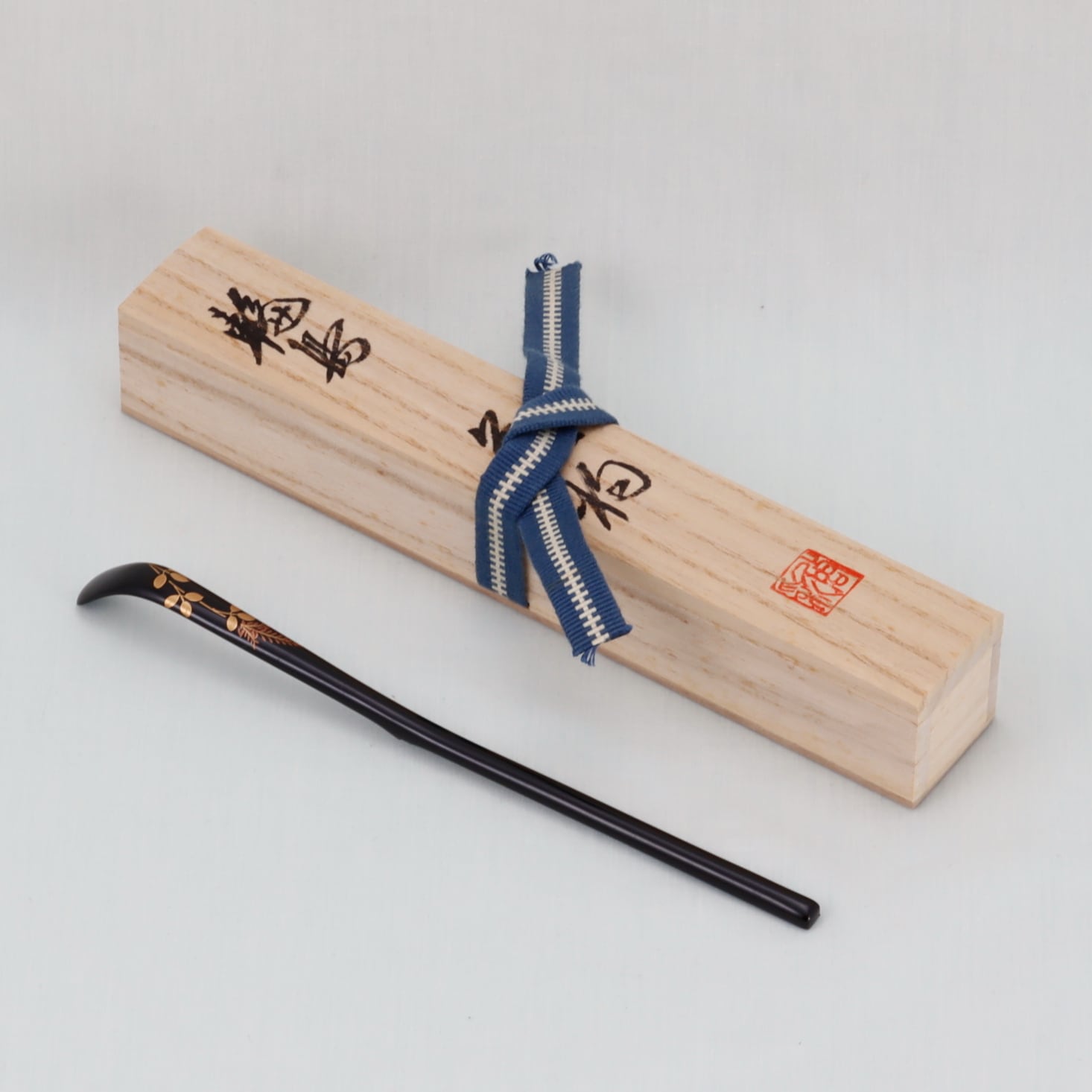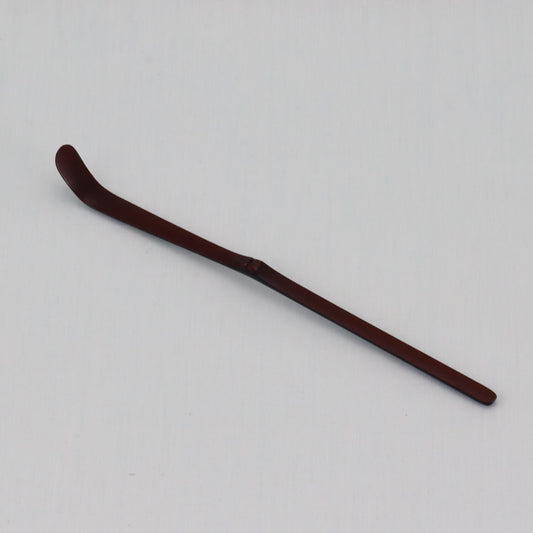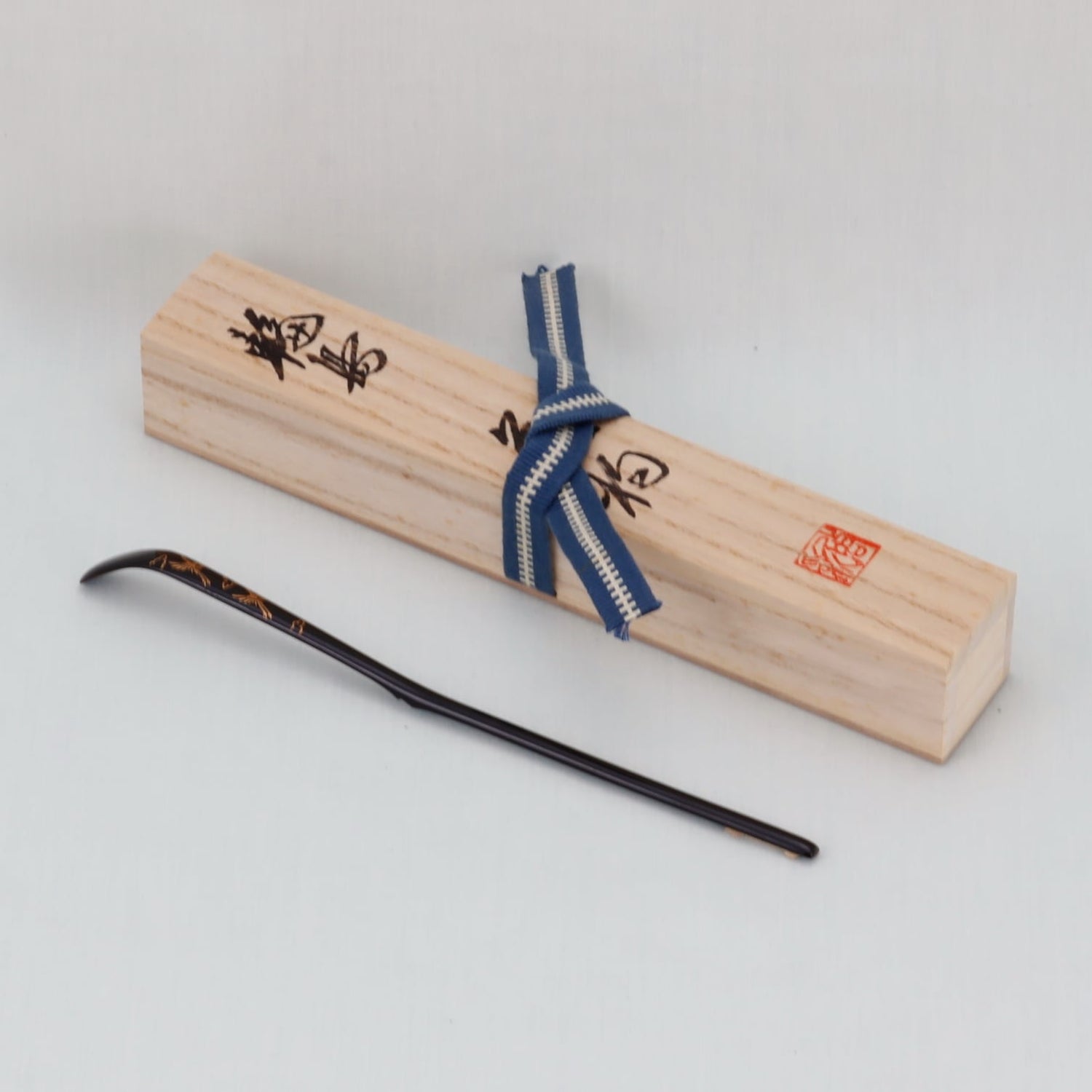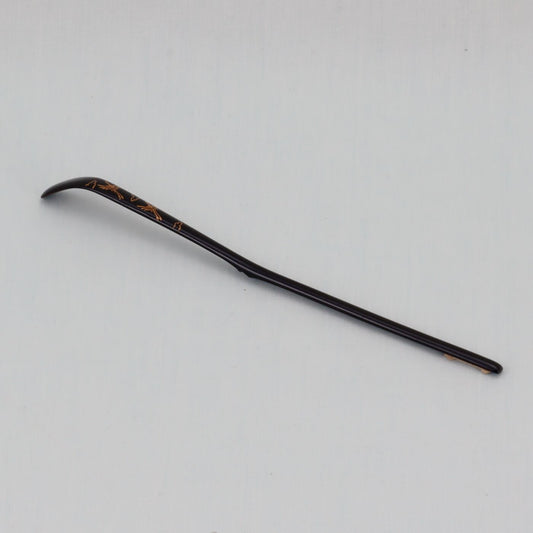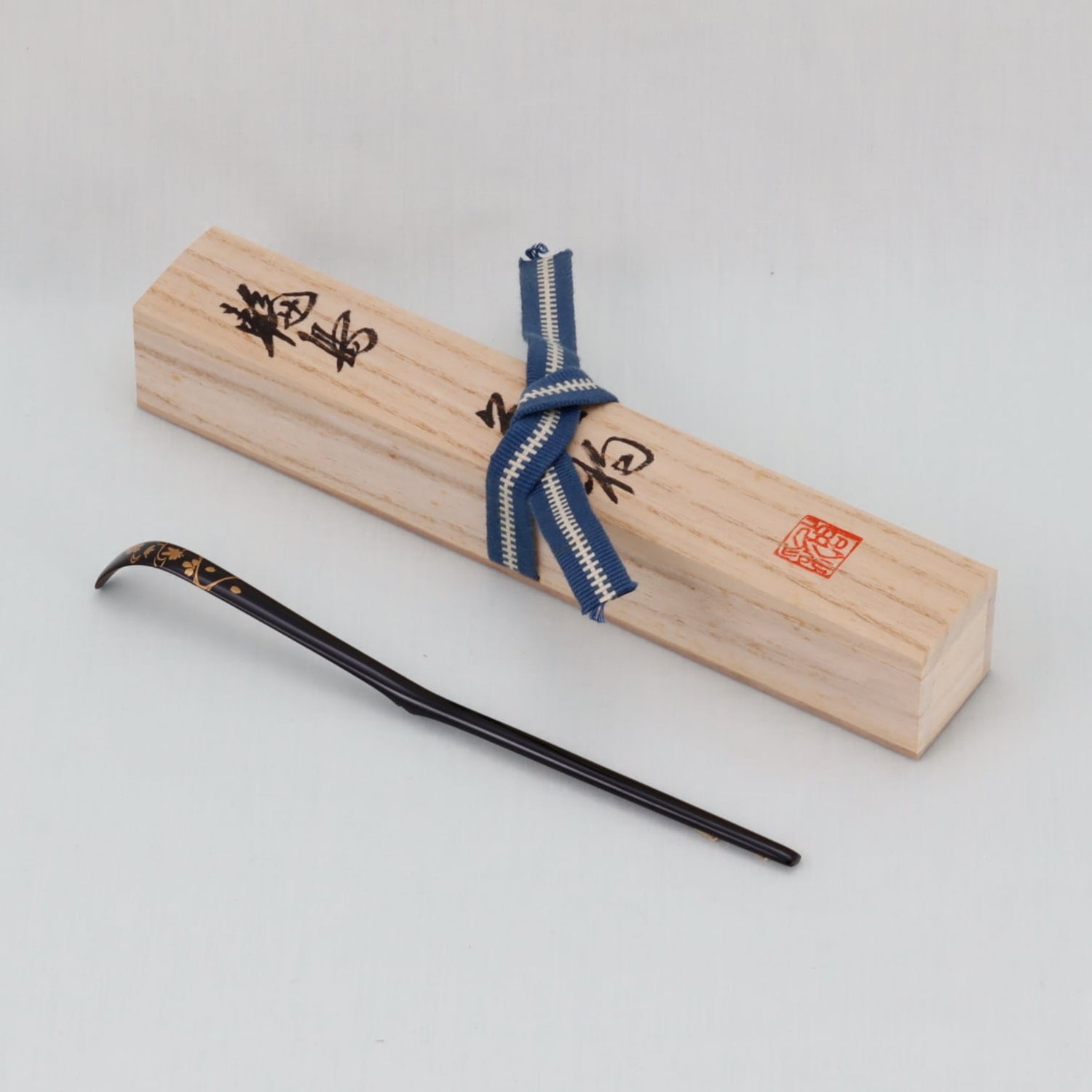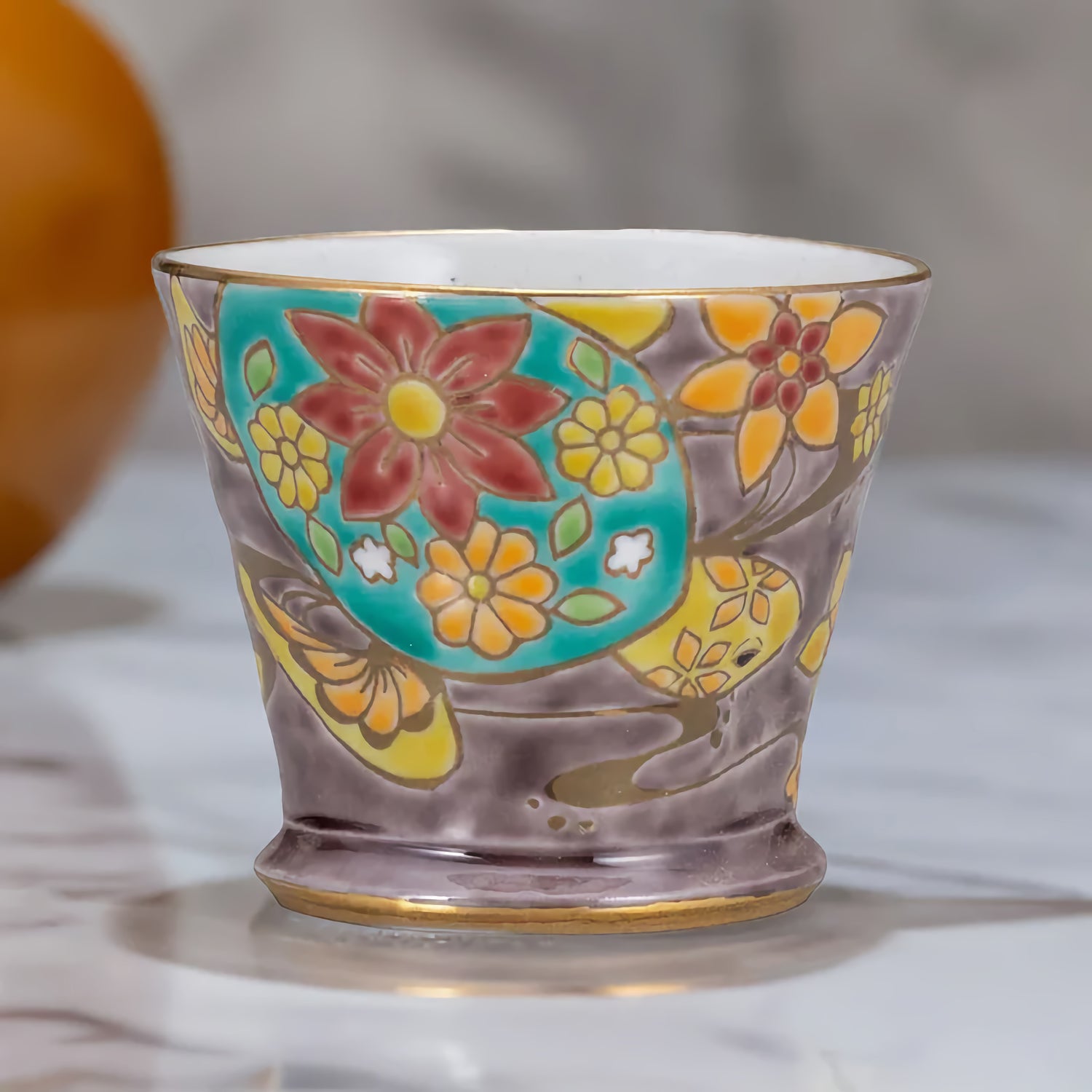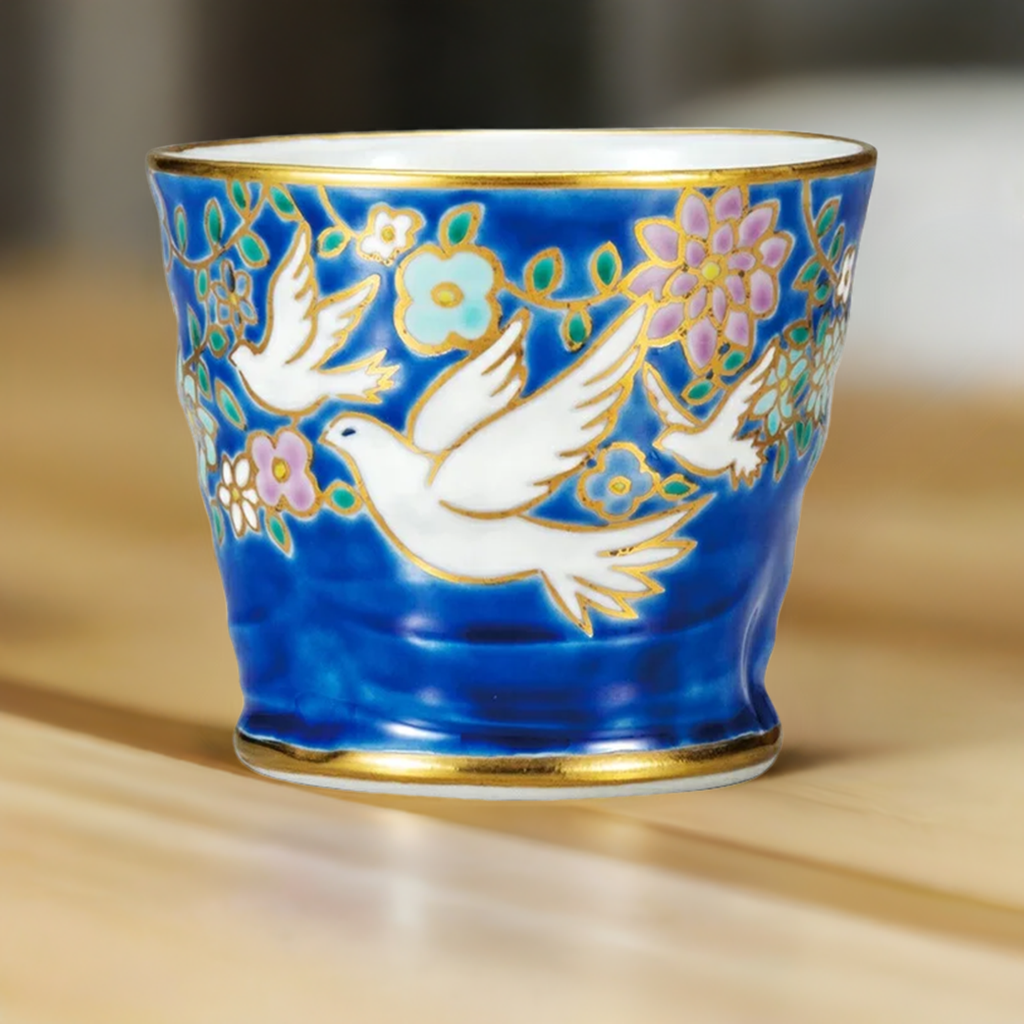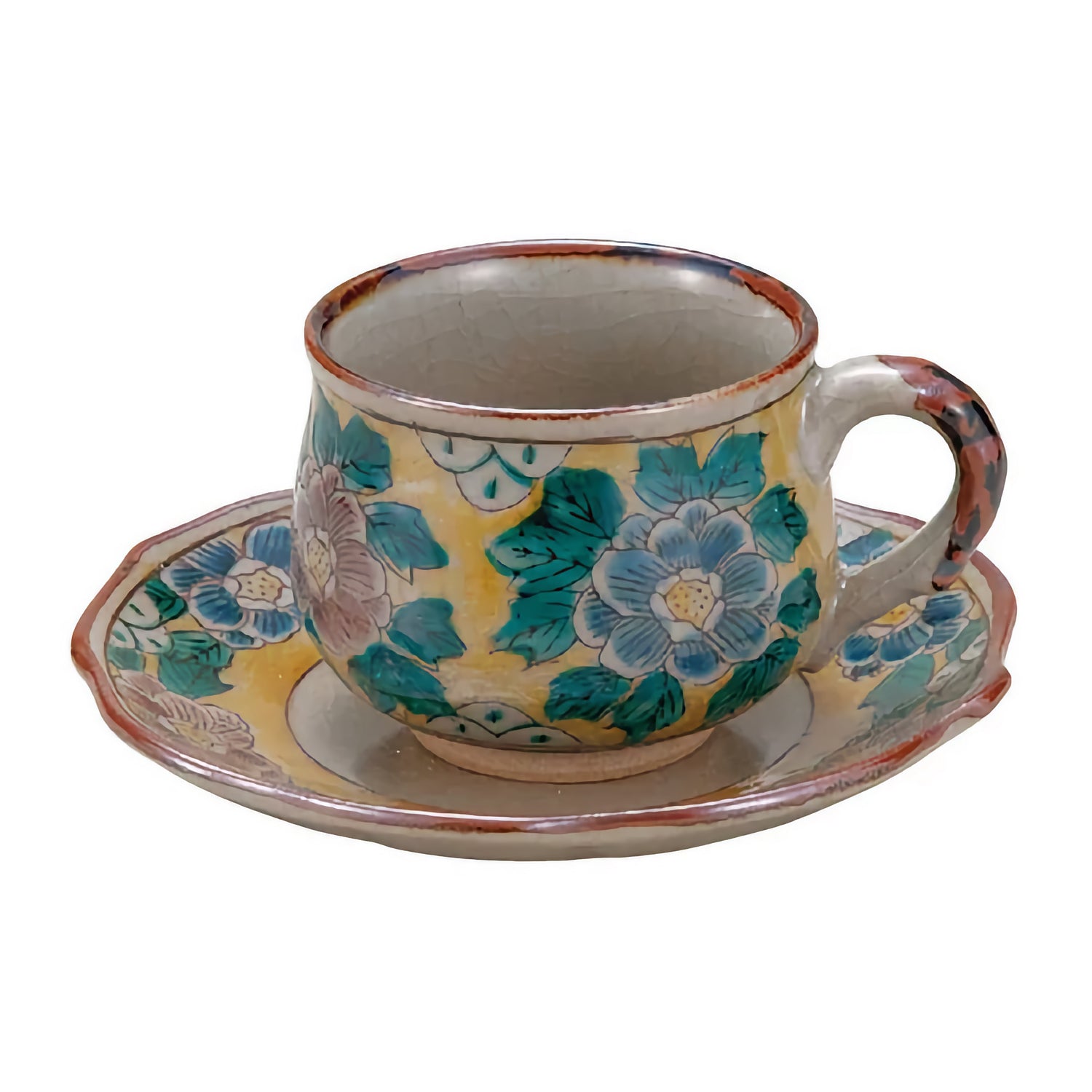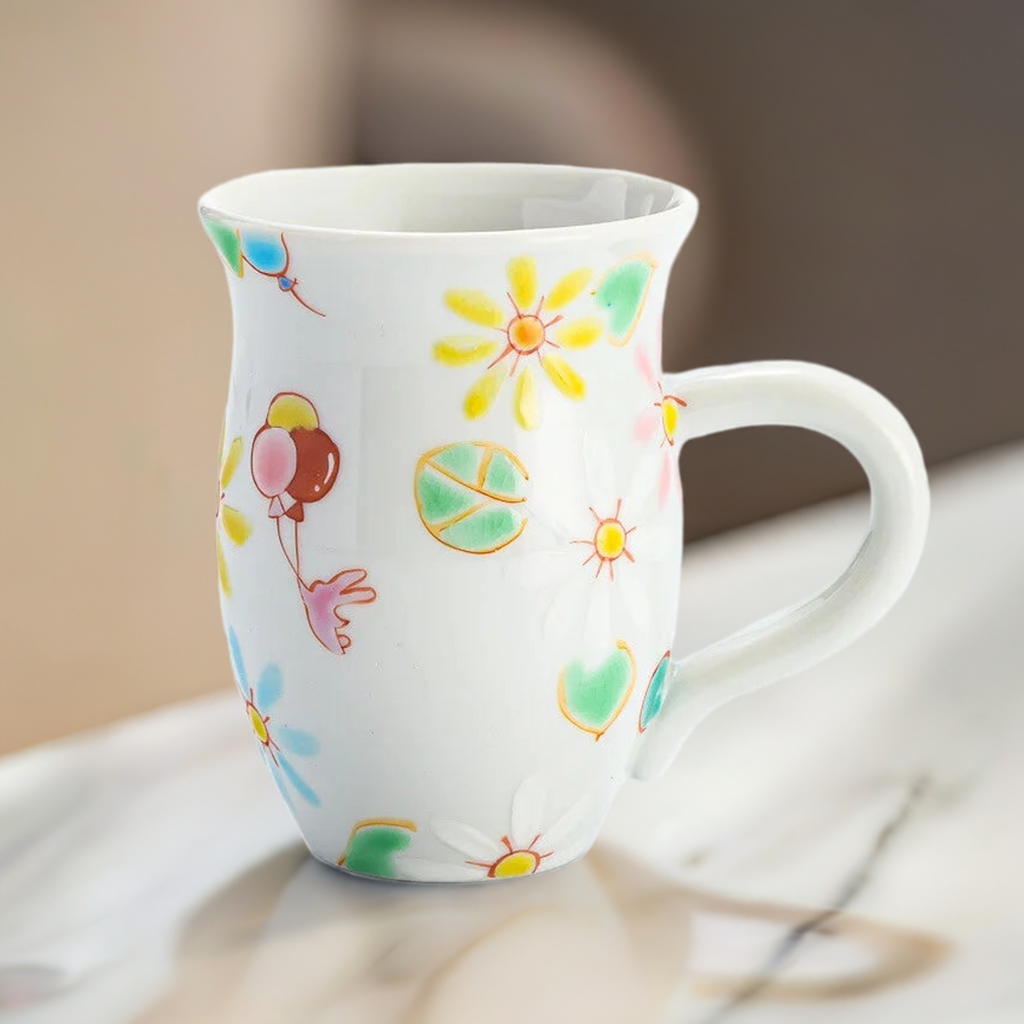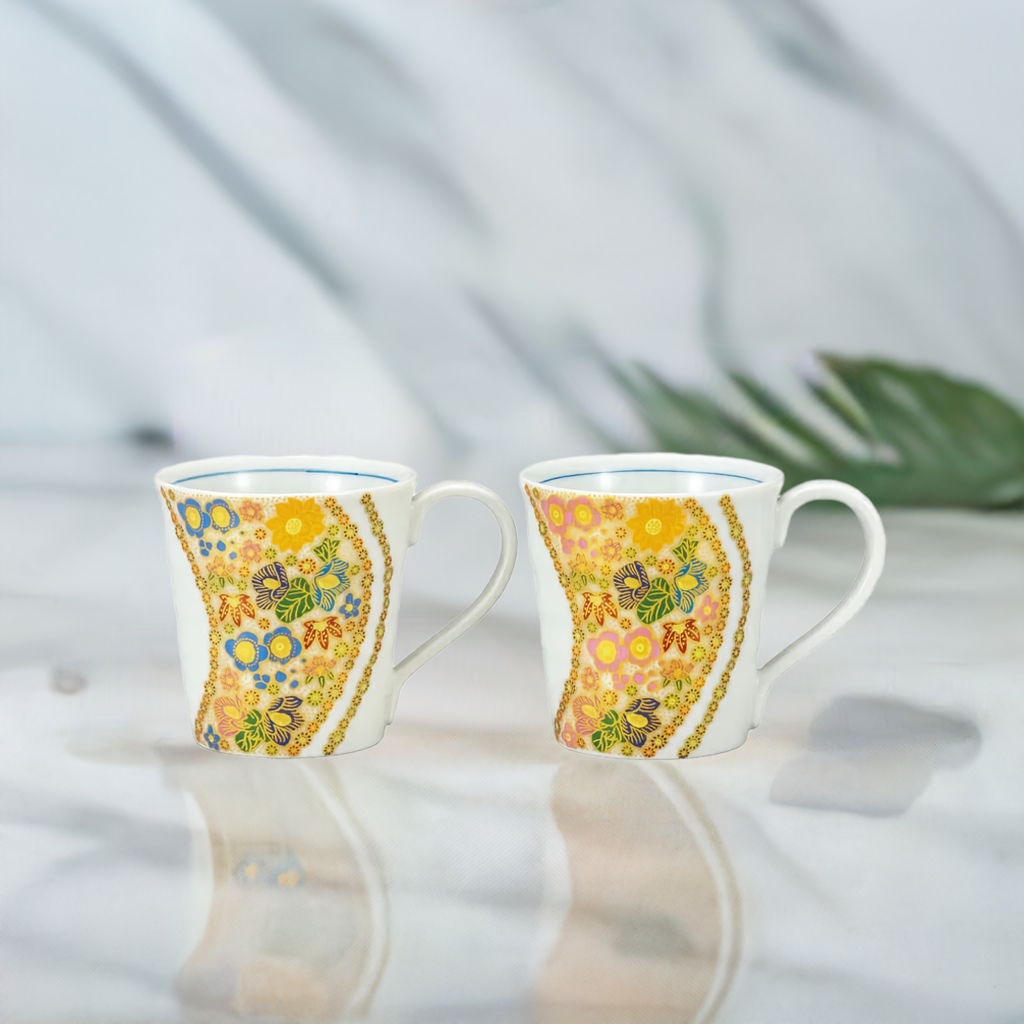Wajima-nuri
Japanese lacquerware is called“japan”overseas.“The lacquer ware produced in Wajima is called “Wajima-nuri” because it meets the following three requirements: the base must be wood, the base must be covered with cloth, and the base must be made of ground powder.The lacquerware produced in Wajima that meets these three requirements is called Wajima-nuri.The traditional craft of Wajima-nuri is designated as an Important Intangible Cultural Property.Wajima-nuri is a traditional craft designated as an important intangible cultural property. The robust and elegant Wajima-nuri lacquerware can be repaired even if it is damaged and can be used for generations to come.

History
Since the early Jomon period (about 5,000 years ago), the tradition of lacquerware has been passed down from generation to generation.It is said that this is the Noto Peninsula and Wajima lacquerware.From the middle to the end of the Edo period, Wajima lacquerware became known throughout the country through the use of gorgeous chinkin techniques that took advantage of the robust lacquer.In the modern era, the Maki-e technique was introduced, and Wajima-nuri became known throughout Japan for both its lacquering and decoration.Translated with www.DeepL.com/Translator (free version)

Characteristics
The distinctive feature of Wajima-nuri is its robust base.The base is made by mixing “JINOKO,” a calcined diatomaceous earth powder, with lacquer and applying it to the wooden base.It has been scientifically confirmed that the diatom shell particles, which have minute pores, soak up the lacquer solution well, making it a stable material.

Technology and Techniques
The following are the requirements for Wajima-nuri as a traditional
craft according to the “Law Concerning the Promotion of Traditional
Craft Industries” (Denzan Law).1.The base coat shall be applied by the following techniques or methods.
(1) After applying raw lacquer to the wood base, “NUNOKISE” shall be
applied using linen or cold gauze coated with “KISEMON-URUSHI”.
(2) Repeatedly apply raw lacquer mixed with rice glue and WAJIMA-JINOKO, and then polish the surface.
2.The top coat should be “HANA-NURI” or “ROIRO-NURI” with refined Urushi.
3.Decorating should be done by CHIN-KIN or MAKI-E.
4. Wood base shall be made by either of the following methods.
(1) Grindings shall be formed using a turntable and a turner.
(2) Plates or bent pieces shall be formed by using Kokuso urushi.
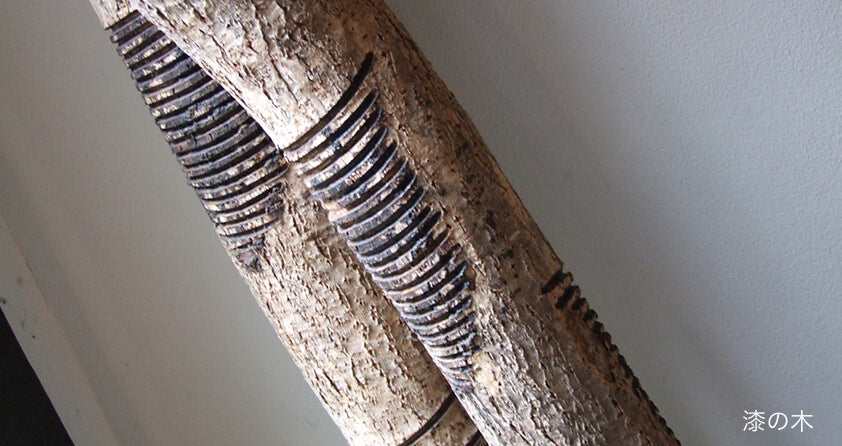
Raw materials
Requirements for Wajima-nuri as a traditional craft according to the
“Law for the Promotion of Traditional Craft Industries” (Denzan Law)
1. Lacquer must be natural lacquer.
2. The wood base shall be made of cypress, zelkova, katsura, honoki, or other materials equivalent to these.
Featured collection
